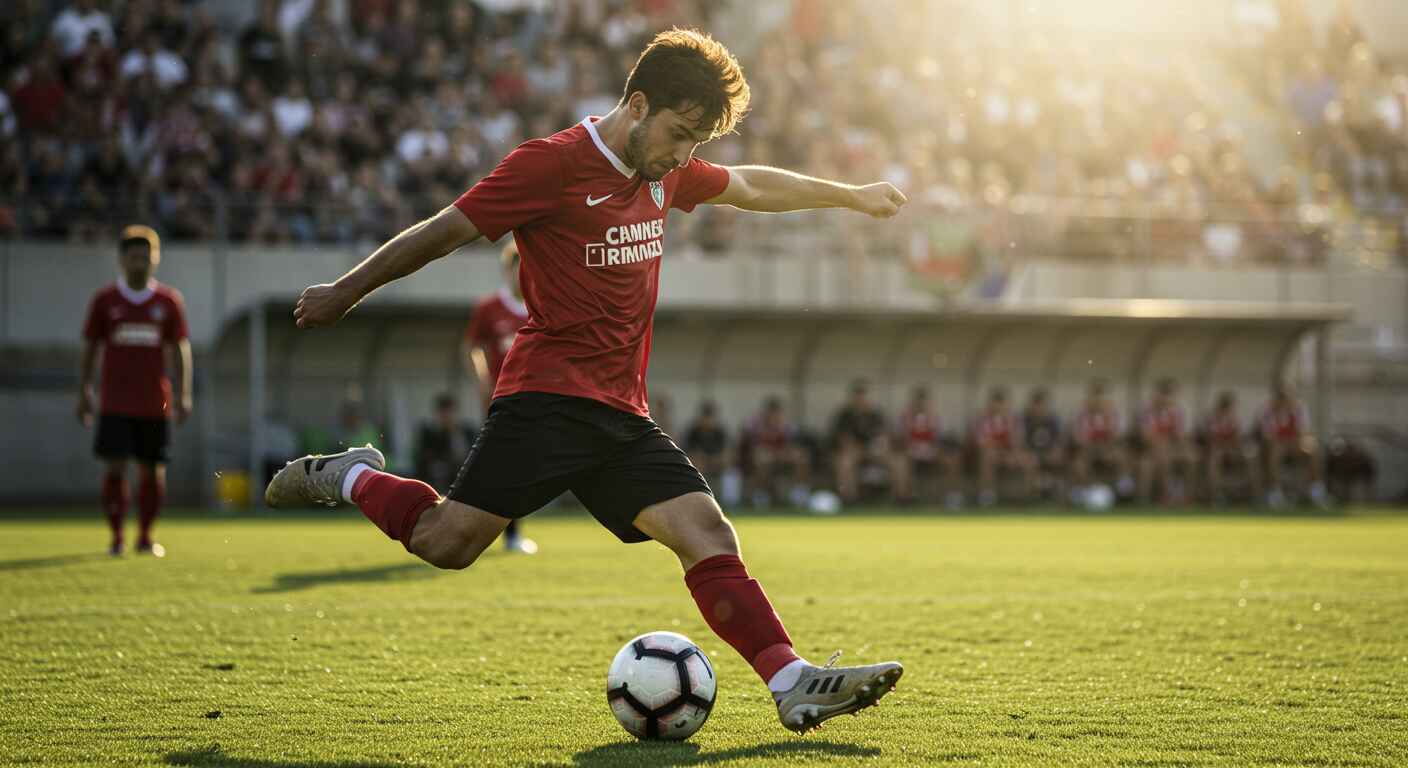Introduction:
A penalty kick can define a match, and its execution requires more than just a powerful strike. Understanding the science behind a perfect penalty is crucial for players who wish to master this critical moment. From the physics of the ball’s trajectory to the psychological pressure faced by players, this blog explores the key elements that contribute to a successful penalty kick.
The Key to a Perfect Penalty Kick
The penalty kick is one of the most intense moments in football, often determining the outcome of a game. Whether it’s a high-stakes final or a penalty shootout, the player taking the shot must combine technique, precision, and mental focus. In this blog, we will break down the science of a perfect penalty kick, offering tips on how to master the art of scoring from the spot.
The Physics of a Perfect Penalty Kick
The physics behind a perfect penalty kick is the foundation of its success. The force, speed, and spin of the ball all come into play when aiming to outsmart the goalkeeper.
-
Velocity and Spin: A fast ball, traveling at high velocity, reduces the goalkeeper’s reaction time. The ideal penalty kick travels at around 70 mph (112 km/h). Spin also plays a key role, as it can make the ball bend or curve, confusing the goalkeeper.
-
Ball Trajectory: The trajectory of the ball determines where it will land in the goal. A well-aimed shot into the top corners of the goal is more difficult for goalkeepers to save, especially if the ball is kicked with the correct angle and height.
The Biomechanics of the Penalty Kick
Understanding how to position your body and use your muscles efficiently is essential for executing a successful penalty kick. The biomechanics of the player’s body come into play as follows:
-
Foot Positioning: Kicking with the inside of the foot gives more control and accuracy, while using the laces provides more power. Most players aim for the inside of the foot to increase precision.
-
Leg Swing and Follow-Through: The leg swing is crucial to generate the necessary speed, and a smooth follow-through ensures the ball travels in the intended direction.
Psychology: The Mental Game of Penalty Kicks
The psychological aspect of taking a penalty kick is just as important as the technical and physical elements. Players must be able to handle pressure, maintain focus, and make quick decisions.
-
Decision-Making: The player must decide in an instant whether to aim for the left, right, or center of the goal. Goalkeepers often predict where the ball will go based on the player’s approach.
-
Staying Calm Under Pressure: Mental fortitude is key when stepping up to take a penalty kick. Players who remain calm and composed under pressure have a higher chance of success.
Goalkeeper Psychology: The Battle of Wits
Goalkeepers play a major role in the penalty kick process. They must read the body language of the player and anticipate the direction of the shot. Many keepers study a player’s penalty-taking habits to predict where they might shoot.
How Technology Improves Penalty Kicks
In recent years, technology has improved both penalty-taking and goalkeeper performance.
-
VAR (Video Assistant Referee): VAR helps review penalty decisions and ensures fair play by catching infringements that might go unnoticed by the referee.
-
Data Analytics: Teams now use data analytics to study player tendencies and goalkeeper behavior, providing insight into how to execute the best possible penalty kick.
Tips for Mastering the Perfect Penalty Kick
-
Practice Regularly: Repetition is key. The more penalties you take, the more confident you’ll be when it counts.
-
Focus on Placement: Aim for precision rather than power. Hitting the corners of the goal increases your chances of scoring.
-
Stay Calm: Penalty kicks are as much a mental challenge as they are physical. Use relaxation techniques and visualization to stay focused.
-
Analyze the Goalkeeper: Study the goalkeeper’s habits and body language. This can give you clues about where to place the ball.
Conclusion: Mastering the Science of Penalty Kicks
Taking the perfect penalty kick requires more than just kicking a ball hard; it’s about understanding the physics, biomechanics, and psychology involved. By mastering these elements and practicing regularly, players can improve their penalty-taking abilities and turn these high-pressure moments into game-winning opportunities.
Learn more about penalty kick techniques at FIFA.
Discover our latest football gear for top performance at GHC Sportswear.

